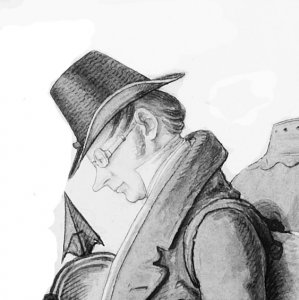
Wilhelm Dorow
Wilhelm Dorow (22 March 1790 - 16 December 1845) was a German diplomat, archaeologist, historian, author of biographical texts and founder of the Museum Rheinisch-Westfälischer Alterthümer in Bonn. After the premature death of his father, Dorow was taken in by Hans Jakob von Auerswald in Marienburg, where he also went to school. In 1806 he returned to Königsberg. On the advice of his uncle Johann Friedrich Reichardt, he obtained a commercial position at a trading house in Königsberg, but continued his philosophical and mathematical studies under the guidance of war advisor Karl Gottlieb Bock (1746–1830), a pupil of Kant and friend of Herder. In the long run, however, business did not appeal to him. Dorow began to study archaeology. Without specialized knowledge but with a remarkable entrepreneurial spirit, he embarked on fruitful excavations in Wiesbaden. In May 1818 a plan for the central management of antiquities efforts in the new Rhine-Westphalian parts of Prussia was developed and approved by Chancellor Hardenberg. On 11 January 1819, Dorow was appointed Hofrat, in October 1819 he received his doctorate from the University of Marburg, and on 4 January 1820, he was appointed director of the administration for the archaeology of Rhineland and Westphalia. After settling in Bonn, he planned to move his collection to Cologne along with possessions scattered throughout the province, but met with resistance from the academic community and the Ministry of Education, emboldened by Hardenberg’s waning influence. Due to a negative assessment of his professional qualifications by an academic committee, he was relieved of his duties on 29 July 1822, and following Hardenberg’s death on 19 December 1822, he retired with half his salary Notwithstanding his brief mandate, he had the lasting merit of being a founder of the Museum Rheinisch-Westfälischer Alterthümer, now the Rheinisches Landesmuseum Bonn.
Author's books
Viaggio archeologico nell'antica Etruria
Wilhelm Dorow
pages: 164 pages
The travel dairies of esteemed figures who took the Grand Tour, such as the explorer and Etruscan scholar George Dennis, the watercolour artist Samuel James Ainsley, and Elizabeth Hamilton Gray, a pioneering nineteenth-century female scholar of Etruria, still contribute to the study of Etruscan civilisation and the sites that were its cradle. But b
